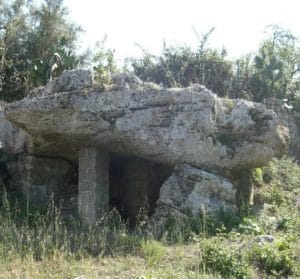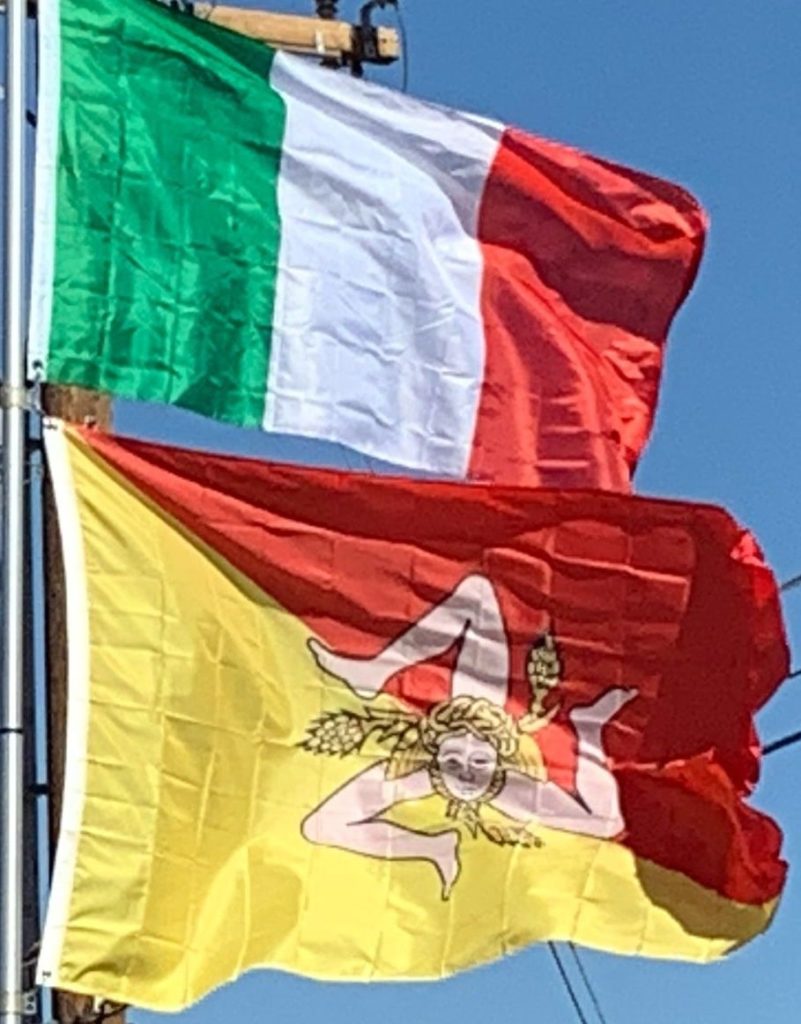Introduction:
Sicily is the largest island in the Mediterranean Sea and one of the 20 regions of Italy. It is one of the five Italian autonomous regions and is officially referred to as Regione Siciliana. It has 5 million inhabitants.
Sicily is located in the central Mediterranean Sea, south of the Italian Peninsula, from which it is separated by the narrow Strait of Messina. Its most prominent landmark is Mount Etna, the tallest active volcano in Europe, and one of the most active in the world, currently 3,329 m (10,922 ft) high. The island has a typical Mediterranean climate.

The earliest archaeological evidence of human activity on the island dates from as early as 12,000 BC. By around 750 BC, Sicily had three Phoenician and a dozen Greek colonies and it was later the site of the Sicilian Wars and the Punic Wars. After the fall of the Roman Empire in the 5th century AD, Sicily was ruled during the Early Middle Ages by the Vandals, the Ostrogoths, the Byzantine Empire, and the Emirate of Sicily. The Norman conquest of southern Italy led to the creation of the Kingdom of Sicily, which was subsequently ruled by the Hohenstaufen, the Capetian House of Anjou, Spain, and the House of Habsburg. It was unified under the House of Bourbon with the Kingdom of Naples as the Kingdom of the Two Sicilies. It became part of Italy in 1860 following the Expedition of the Thousand, a revolt led by Giuseppe Garibaldi during the Italian unification, and a plebiscite. Sicily was given special status as an autonomous region on 15 May 1946, 18 days before the Italian constitutional referendum of 1946.
Sicily has a rich and unique culture, especially with regard to the arts, music, literature, cuisine, and architecture. It is also home to important archaeological and ancient sites, such as the Necropolis of Pantalica, the Valley of the Temples, Erice and Selinunte.
History:
Prehistory:
The original classical-era inhabitants of Sicily comprised three defined groups of the ancient peoples of Italy. The most prominent and by far the earliest of these, the Sicani, who (Thucydides writes) arrived from the Iberian Peninsula (perhaps Catalonia). Some modern scholars, however, suggest classifying the Sicani as possibly an Illyrian tribe. Important historical evidence has been discovered in the form of cave drawings by the Sicani, dated from the end of the Pleistocene epoch around 8000 BC. The arrival of the first humans on the island correlates with the extinction of the Sicilian Hippopotamus and the dwarf elephant. The Elymians, thought to have come from the area of the Aegean Sea, became the next tribe to join the Sicanians on Sicily.

Recent discoveries of dolmens on the island (dating to the second half of the third millennium BC) seem to offer new insights into the culture of primitive Sicily. It is well known that the Mediterranean region went through a quite intricate prehistory, so much so that it is difficult to piece together the muddle of different peoples who have followed each other. The impact of two influences is clear, however: the European one coming from the Northwest, and the Mediterranean influence of a clear eastern heritage.
